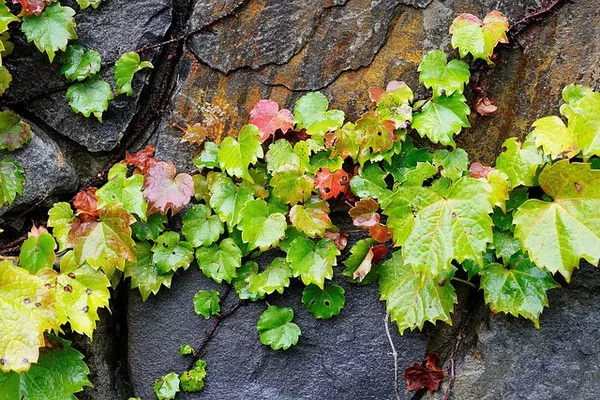In a groundbreaking study, a collaborative research team from the Pandey and Allen labs at the Donald Danforth Plant Science Danforth Center has shed light on the remarkable response of mosses to elevated CO2 (eCO2) levels. Mosses, encompassing approximately 12,000 species and covering nearly 4 million square miles of Earth—equivalent to the size of Canada—play a pivotal role in ecological and evolutionary processes.
The research, titled “Physcomitrium patens Response to Elevated CO2 is Flexible and Determined by an Interaction Between Sugar and Nitrogen Availability,” recently published in New Phytologist, unveils the adaptive capabilities of the model moss Physcomitrium patens (P. patens) in the face of changing climate variables.
Mosses, unlike most land plants, grow close to the soil surface and are exposed to CO2 released during the decomposition of organic matter. This unique positioning means they experience considerably higher CO2 levels than their plant counterparts. The research team aimed to unravel how mosses, particularly P. patens, respond to eCO2 and whether their reaction differs from other land plants.
The study demonstrated that P. patens exhibits a three-fold increase in biomass in elevated CO2 conditions. This remarkable growth is attributed to the moss’s adept adjustment of its growth, metabolism, and physiology. Unlike flowering plants, mosses don’t rely on stomata for CO2 entry, potentially giving them less access to available CO2. Nevertheless, P. patens showcased a nuanced response to eCO2, leveraging improved photosynthesis and delicately balancing life cycle transitions based on nitrogen and carbon availability.
Lead author Boominathan Mohanasundaram, Ph.D., a post-doctoral scientist in the Pandey laboratory, emphasized the importance of mosses in sustaining natural long-term carbon storage systems like permafrost and bogs. Mosses, with their ability to cover permafrost, prevent thawing by insulating these areas from direct sunlight.
The study leveraged the cutting-edge core facilities at the Danforth Center, including Mass Spectrometry and Proteomics, and Plant Growth facilities. Somnath Koley, Ph.D., a research scientist in the Allen USDA-Agriculture Research Service Laboratory, highlighted the collaborative strength and instrumentation expertise at the Center that contributed to the study’s impactful and rigorous science.
This research not only provides a framework for comparing eCO2 responses of P. patens with other plant groups but also offers crucial insights into moss growth that can enhance climate change models. While further studies are needed to assess the generality of observed metabolic features across different moss classes, the results suggest that the eCO2 environment is likely to enhance moss biomass accumulation, potentially aiding in preventing the thawing of permafrost and contributing to the fight against climate change.


